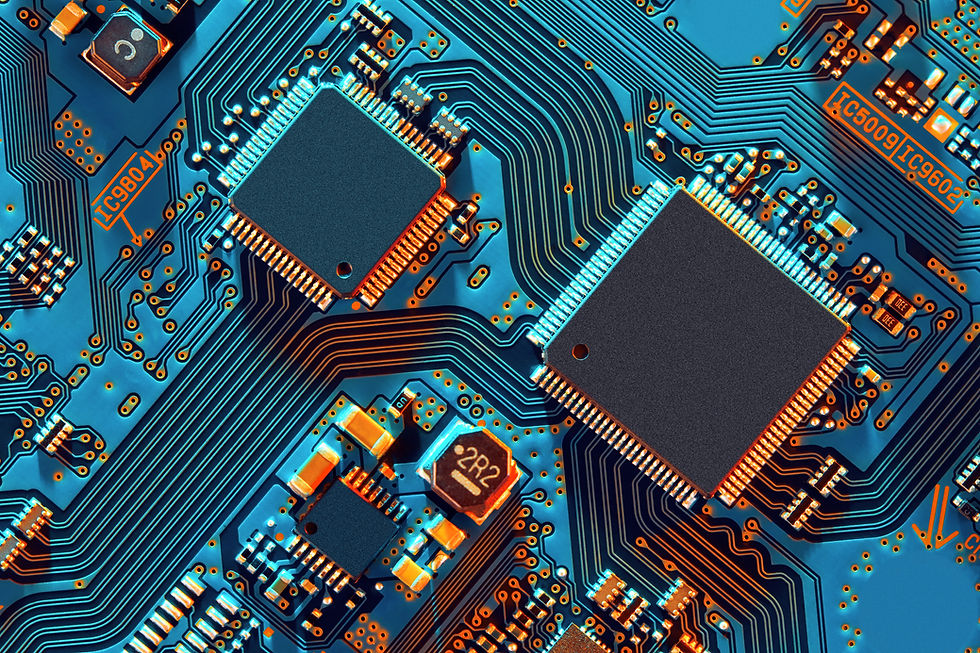Embracing Edge Computing: The Next Frontier in Technology
- Anonymous Submission
- Apr 18, 2024
- 1 min read
In the ever-evolving landscape of technology, one term gaining significant traction is "edge computing." Traditionally, data processing occurred in centralized data centers or the cloud. However, as the demand for real-time processing and low-latency applications grows, edge computing emerges as a game-changer.
Edge computing involves processing data closer to its source, at the "edge" of the network, rather than relying solely on distant data centers. This approach minimizes the time it takes for data to travel, enhancing speed and efficiency.

One of the most exciting aspects of edge computing is its potential to revolutionize various industries. For instance, in healthcare, it can enable remote patient monitoring and real-time diagnostics. In manufacturing, it facilitates predictive maintenance and process optimization. In autonomous vehicles, it ensures split-second decision-making for enhanced safety.
Moreover, edge computing isn't just a concept for the future; it's already here. Companies are investing heavily in edge infrastructure, and the market is expected to grow exponentially in the coming years.

As we embrace edge computing, we usher in a new era of technological possibilities. It not only enhances performance but also unlocks innovative solutions that were previously unattainable. By leveraging the power of the edge, we're poised to reshape industries, elevate user experiences, and propel technology into uncharted territories.



Comments